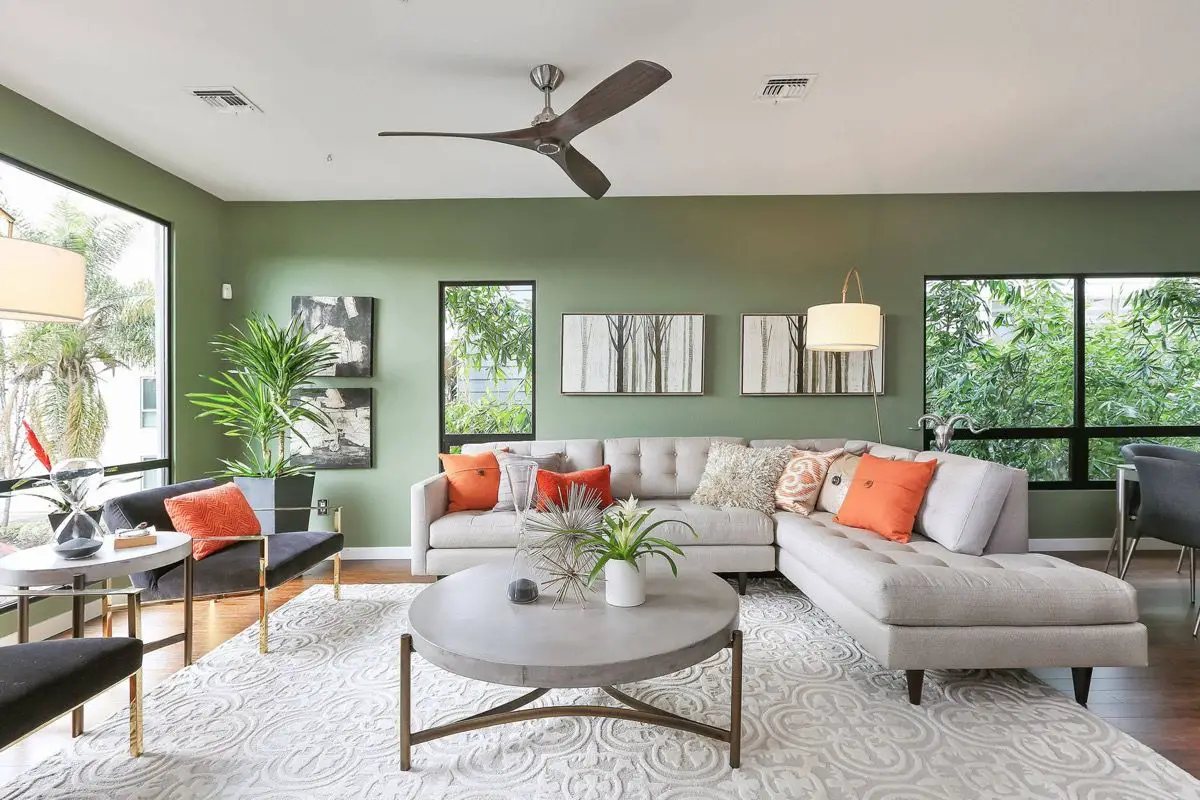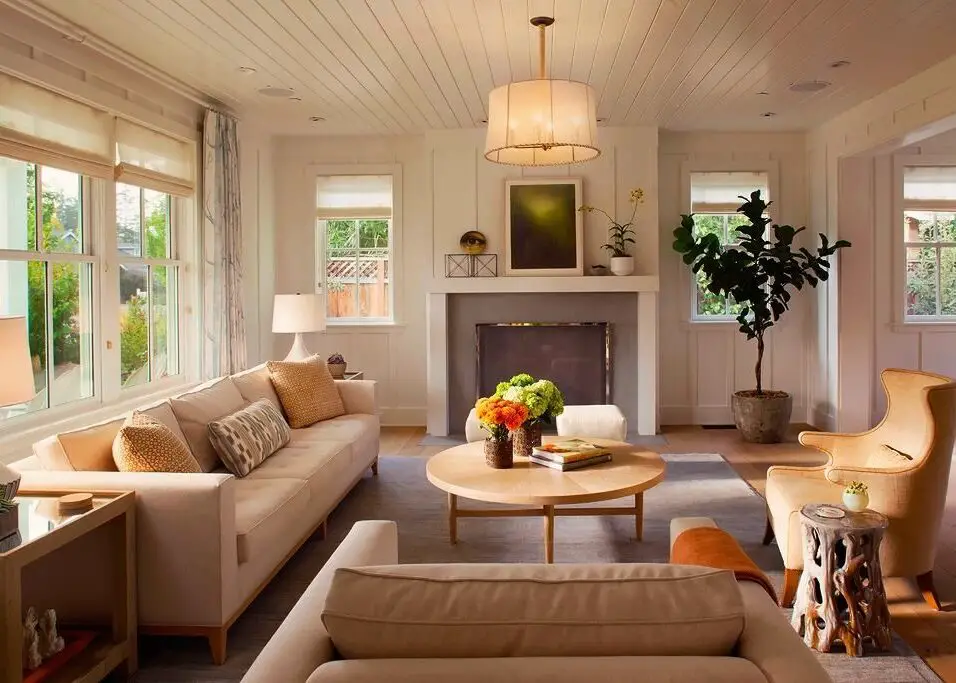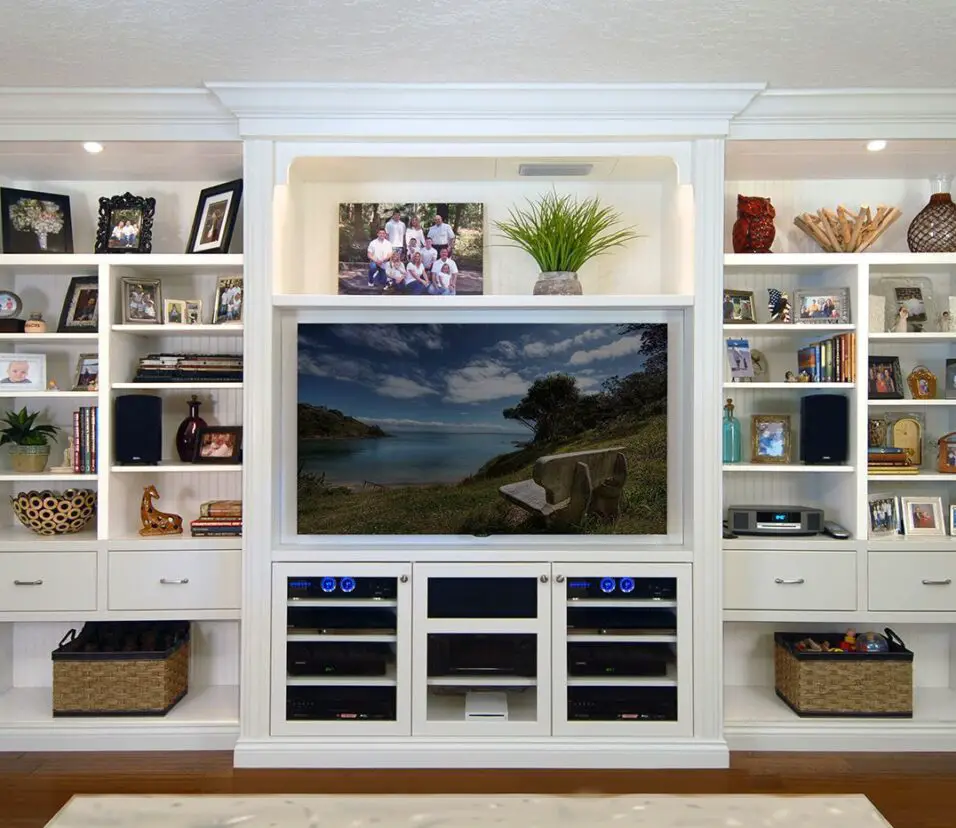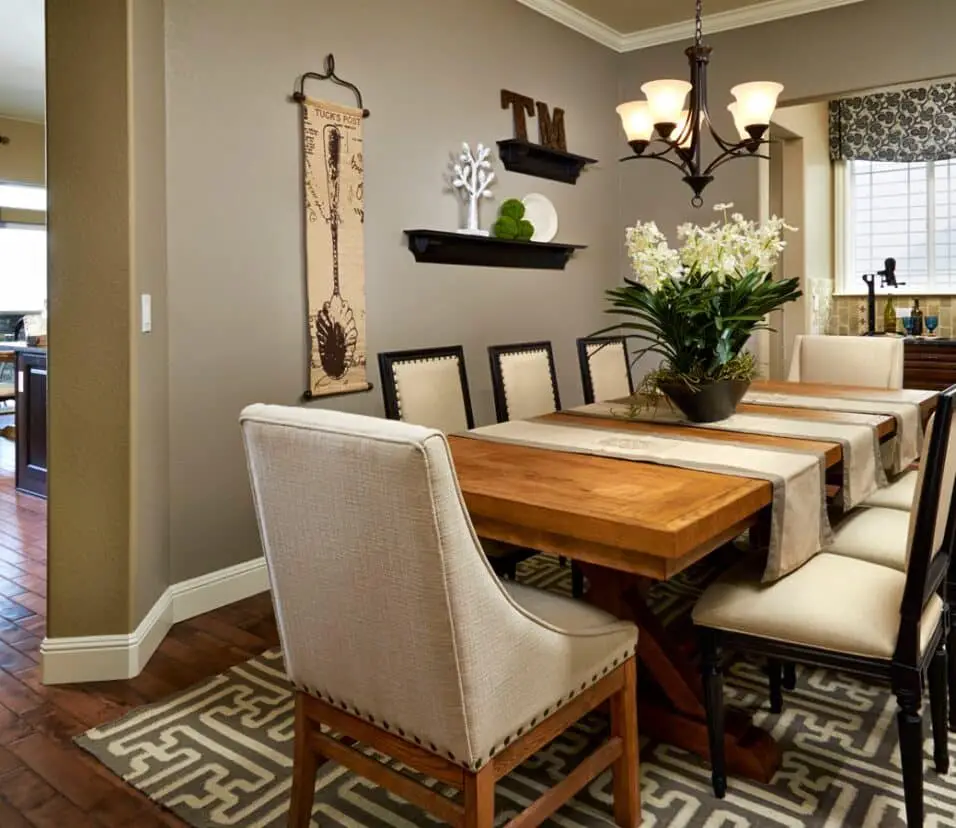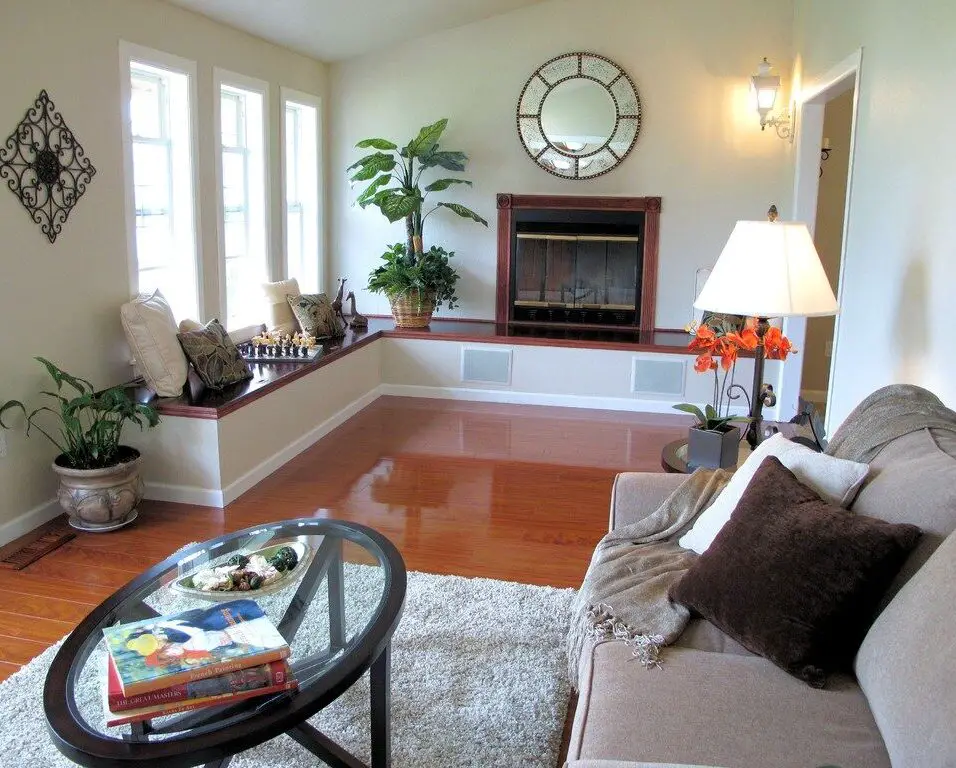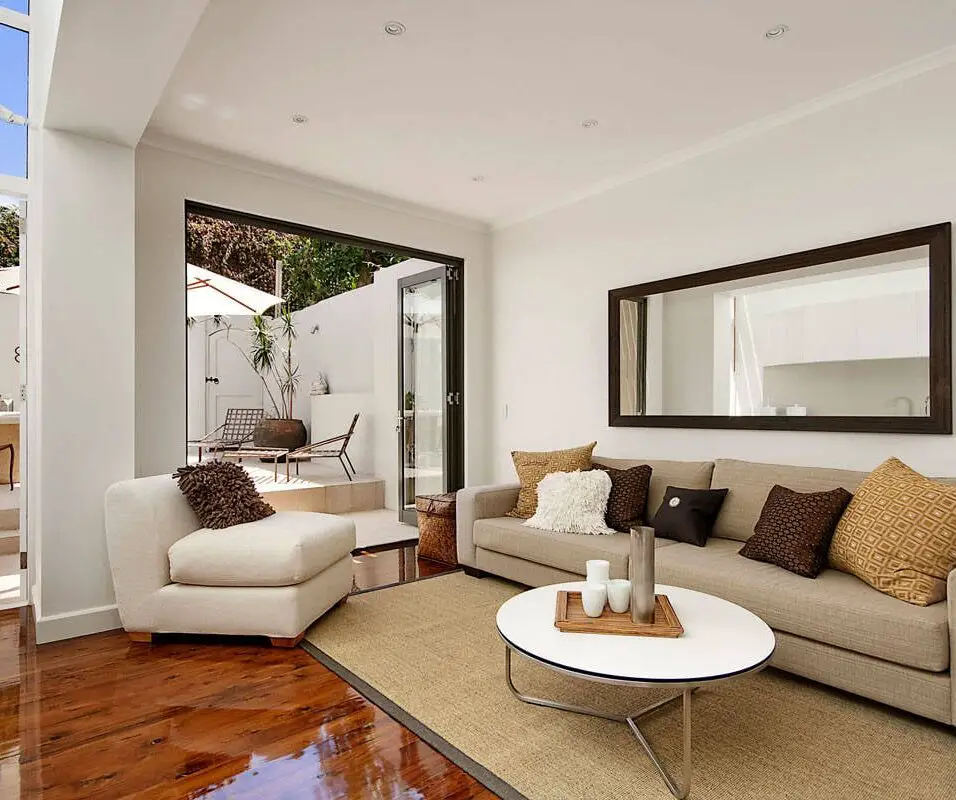What Color Light Is Best For Living Room
Introduction
What Color Light Is Best For Living Room: The color of light you choose can significantly impact the overall mood, comfort, and functionality of the space. While personal preferences may vary, certain colors of light are commonly considered more suitable for living rooms than others. In this introduction, we will explore the various options and discuss which color light is generally considered the best for a living room setting.
The right choice of lighting can transform a living room into a cozy retreat. A vibrant entertaining space, or a tranquil haven for relaxation. The color temperature of light, measured in Kelvin (K), determines the warmth or coolness of the illumination. Lower Kelvin values produce warm or soft yellowish light, while higher Kelvin values result in cool, bluish-white light. Each option carries distinct advantages and considerations, so it’s important to find the balance that suits your preferences and the purpose of your living room.
We will also consider factors such as room size, natural light, and personal aesthetics. As these elements can influence your decision. The best color light for your living room will depend on your desired atmosphere, activities you engage in, and the existing decor. By understanding the impact of different lighting options. You will be better equipped to create a harmonious and inviting living room that caters to your specific needs and preferences.
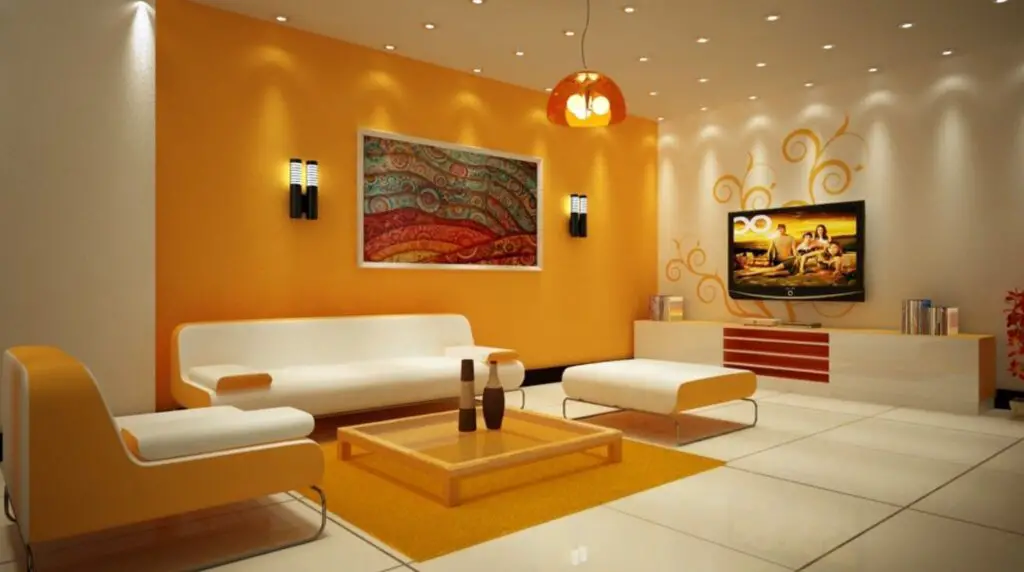
Which light colour is good for living room?
You should prefer warm yellow and soft white tones for illuminating the living room. These shades fill the space with a cozy and warm feeling. Incandescent bulbs are the best lights for home d�cor in these shades. The light intensity should have a moderate sharpness to cast an inviting effect.
The size of your living room can influence the choice of light color. In smaller spaces, warm light can create a cozy and intimate feel. While cool or neutral light can make the room appear more spacious and open.
Take into account the amount of natural light your living room receives. If the room already has ample natural light. You can opt for warm light to create a balanced and comfortable environment. If the room lacks natural light, cool or neutral light can help brighten the space and create a more vibrant atmosphere. By carefully considering these factors and trusting your instincts. You can find the perfect light color that enhances the comfort, functionality, and aesthetic appeal of your living room.
Consider your personal style and the overall decor of your living room. The light color you choose should complement the existing furnishings, wall colors, and decorative elements. Warm light may work well with traditional or earthy deco. While cool or neutral light may suit more modern or minimalist designs.
The best light color for your living room is subjective and dependent on your specific preferences. The purpose of the space, and the overall ambiance you wish to create. It’s worth experimenting with different light colors and even using dimmers. Smart lighting systems that allow you to adjust the color temperature based on different activities and moods.
What is the best light for living room?
While living room lighting is a personal choice, soft white and warm white are ideal for living rooms, as they emit a warmer, golden glow. Cool white and daylight bulbs, on the other hand, tend to be a little harsher and reminiscent of commercial spaces.
Utilising natural light is often considered the best option for any room, including the living room. Sunlight brings a natural warmth and brightness that can uplift the mood of the space. Maximizing the use of windows, skylights. Glass doors can allow ample natural light to flow into the room during the day. Creating a vibrant and inviting atmosphere. Consider the orientation of your living room and strategically place furniture and window treatments to make the most of the natural light available.
Also known as general lighting, this provides overall illumination to the entire room. Ceiling-mounted fixtures, such as recessed lights or chandeliers, are commonly used for ambient lighting. Consider using dimmers to adjust the intensity and mood of the light.
Task lighting is focused lighting that helps you perform specific activities in the living room. It can be in the form of table lamps, floor lamps, or wall-mounted fixtures. Place task lighting near reading areas, workspaces. Any other spot where additional light is required for activities such as reading, writing, or hobbies.
Accent lighting adds a touch of drama and highlights specific areas or objects in the room. This can be achieved through the use of track lights, wall sconces, or adjustable spotlights. Accent lighting can draw attention to architectural features, artwork. Decorative elements, creating visual interest and depth in the living room.
Should I use warm or white light in living room?
Warm white light bulbs are recommended to use in the living room, dining room, bedroom and other rooms of the house. Because warm white contains less blue light, so it has more relaxing effect on the eyes.
Think about how you primarily use your living room. If it’s a space dedicated to relaxation, entertaining guests, or spending quality time with family, warm light may be more suitable. It can create a cozy and inviting environment that promotes relaxation and socialization. However, if your living room is also a workspace. An area where you engage in activities that require focus, such as reading. Working, white light may be more practical.
Consider the overall style and decor of your living room. Warm light often complements traditional, rustic, or cozy interiors, creating a harmonious and inviting feel. White light, especially neutral white, works well with modern, minimalist, or contemporary decor styles, providing a clean and crisp ambiance.
Ultimately, your personal preferences play a crucial role in the decision-making process. Think about the atmosphere you want to create and the feeling you want to evoke in your living room. Experiment with different lighting options, or consider using dimmers. Smart lighting systems that allow you to adjust the color temperature according to different activities or moods.
White light in your living room depends on your specific needs, desired ambiance, and personal preferences. Warm light offers a cozy and intimate atmosphere, while white light, whether cool. Neutral, provides a more energizing and modern feel. You can also consider a combination of both, using warm light for general ambiance and white light for task-specific areas.
Is warm light good for living room?
In a living room with white walls, warm light is usually a good option, since white causes the rays of light to bounce off and we will achieve an effect, at the same time, cozy and bright.
Living rooms are often used for various activities, such as watching TV, reading, or engaging in conversations. Warm light is gentle on the eyes and can create a comfortable environment, allowing you to enjoy extended periods. In the living room without straining your eyes or feeling fatigued.
Warm light complements traditional or rustic decor styles, enhancing the overall aesthetic appeal of the living room. It can create a harmonious and nostalgic feel, especially when combined with warm-colored walls, wooden furniture, or natural textures.
Warm light has a flattering effect on artwork, fabrics, and textures in the living room. It brings out the richness and depth of colors, making them appear more vibrant and appealing. If you have artwork or decorative elements you want to highlight, warm light can help create a visually pleasing display.
Warm light resembles the soothing glow of natural evening light, similar to candlelight or a sunset. This can create a calming and relaxing atmosphere, particularly during the evenings. When you want to unwind and create a tranquil environment in your living room.
How to choose ceiling lights for living room?
While picking decor lights, it is important to understand the kind of ambience you want to set in the room. Every LED ceiling light curates a different atmosphere and to choose the right one, you must first envision the ambience you wish to set. If you’re looking for a restful mood, yellow lights would do the trick.
Take into account the size and height of your living room. For smaller rooms, flush or semi-flush mount ceiling lights can be a practical choice as they provide sufficient illumination without overwhelming the space. In larger rooms with higher ceilings, pendant lights or chandeliers can add drama and become a focal point.
Evaluate the existing lighting in your living room. Determine whether additional ceiling lights are needed or if you can enhance the current lighting setup. Consider natural light sources, such as windows or skylights, and how they can complement the ceiling lights.
Select a lighting style that matches your living room’s overall design aesthetic. Whether it’s traditional, modern, rustic, or eclectic, there are various options available. Consider the shape, material, and finish of the ceiling lights to ensure they blend seamlessly with the room’s decor.
Decide on the level of brightness you desire for your living room. This will depend on the activities you plan to engage in and the ambiance you want to create. Brighter lights, such as recessed lights or track lighting, are ideal for task-oriented areas, while softer lights, like pendant lights or chandeliers, can create a more relaxed atmosphere.

Is cool light good for living room?
Darren recommends that, “warm lights are better for residential applications such as the lounge room, in the kitchen, at the dining table and in bedrooms.” Cool light colour temperature is closer to daylight and can have an impact on our sleep patterns.
If your living room serves as a workspace or an area where activities such as reading, studying, or working take place, cool light can be beneficial. Its higher color temperature provides a clear and focused illumination, enhancing visibility and reducing eye strain during tasks that require concentration.
If your living room lacks natural light or has limited windows, cool light can help brighten up the space. Its crisp and bright nature can make the room appear more spacious and open, creating a welcoming environment.
If your living room features cool color tones such as blues, grays, or whites, cool light can complement and enhance the color scheme. It can bring out the cool undertones in the room’s decor and create a cohesive and harmonious look.
While cool light can be suitable for certain living room setups, it may not be the best choice for creating a cozy and intimate ambiance. Warm light, with its soft and yellowish glow, is generally preferred for a cozy setting as it creates a warmer and more intimate atmosphere.
Is bright white good for living room?
Pure white paint is a good option for small living rooms with a healthy source of natural light, but should generally be avoided in north-facing rooms where it can reflect blue tones and make a room feel cold and drab.
Bright white light emits a cool and crisp illumination that can create an invigorating and refreshing atmosphere in the living room. It can provide a sense of brightness and clarity, making the space feel clean and vibrant.
If your living room serves as a workspace or an area where activities such as reading, studying, or working take place, bright white light can be beneficial. Its higher color temperature provides a clear and focused illumination, enhancing visibility and reducing eye strain during tasks that require concentration and attention to detail.
If your living room has limited natural light or features darker color schemes, bright white light can help brighten up the space. Its high intensity and cool tones can make the room appear more spacious, open, and airy, creating a welcoming environment.
Bright white light is often associated with modern and contemporary design styles. If your living room features minimalist or sleek aesthetics, bright white light can complement and enhance the overall modern look and feel of the space.
While bright white light can be suitable for certain living room setups, it may not be the best choice for creating a cozy and intimate ambiance. Warm light, with its soft and yellowish glow, is generally preferred for a cozy setting as it creates a warmer and more intimate atmosphere.
What colors are popular in living rooms?
Warm tones, like creamy beige, chocolate browns, rusty reds or desert-inspired hues, bring energy into a space and instantly make it feel more cozy. Cool tones, like popular crisp whites, classic gray, soothing greens and fresh blues, evoke feelings of calm and help small spaces feel larger.
Blue is a versatile color that can range from soft and calming to bold and vibrant. Light blues and pale aquas can create a serene and coastal-inspired living room, while deeper navy or royal blues can add richness and sophistication. Blue is often associated with a sense of tranquility and can be paired with complementary colors like white, gray, or beige for a timeless and soothing ambiance.
Greige, a combination of gray and beige, has become increasingly popular in living room designs. This neutral hybrid offers the best of both worlds, providing warmth and versatility. Greige can create a contemporary and sophisticated look, working well with both cool and warm color schemes. It pairs beautifully with natural wood tones and metallic accents.
Soft pastel colors, such as blush pink, lavender, and mint green, have become popular choices for adding a touch of femininity and whimsy to living rooms. These delicate hues create a gentle and soothing atmosphere, perfect for creating a serene and relaxed space. Pastels can be used as accent colors or in combination with neutrals to bring a pop of color without overpowering the room.
For those seeking more bold and vibrant options, jewel tones like emerald green, sapphire blue, and amethyst purple can make a statement in a living room. These rich and luxurious colors add depth, drama, and a sense of opulence. Jewel tones work well as accent walls, furniture pieces, or in accessories and artwork, creating a captivating and luxurious living room.
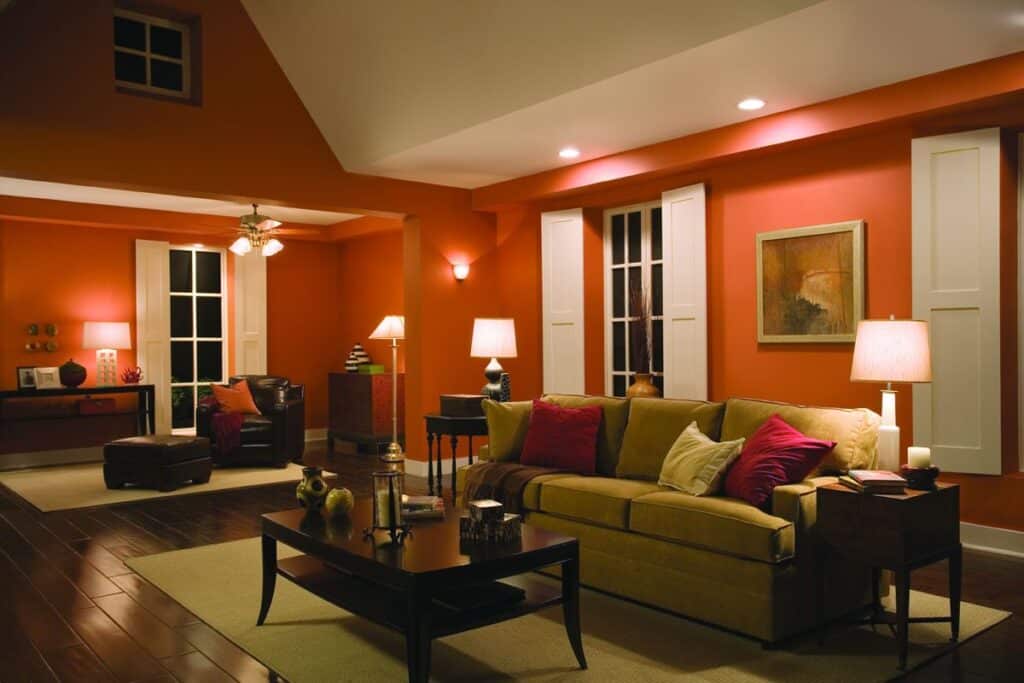
Conclusion
Warm light, typically in the range, is a popular choice for living rooms. It creates a cozy and inviting ambiance, perfect for relaxation and socializing. Warm light can make the room feel comfortable and intimate, particularly during evening hours. It complements traditional or rustic decor styles and can add a touch of warmth to any space. Cool light, ranging, offers a crisp and energising effect in the living room lighting. It is well-suited for areas where you engage in tasks that require focus and clarity, such as reading or working. Cool light can create a modern and refreshing atmosphere, ideal for contemporary or minimalist interiors.
Neutral light, around, provides a balanced and versatile option for living rooms. It offers a natural and neutral tone, resembling daylight, which can help showcase colors and textures in the room. Neutral light is suitable for a wide range of activities and complements various decor styles. Remember to experiment with different lighting options and trust your instincts to create the perfect ambiance in your living room.
The best color light for your living room will depend on your personal preferences, the purpose of the space, and the existing decor. It is worth considering the size of the room, the amount of natural light, and any specific needs or activities that will take place in the living room. The right balance between warm, cool, and neutral light, you can create a harmonious and inviting environment that caters to your specific needs and enhances your overall living experience.



